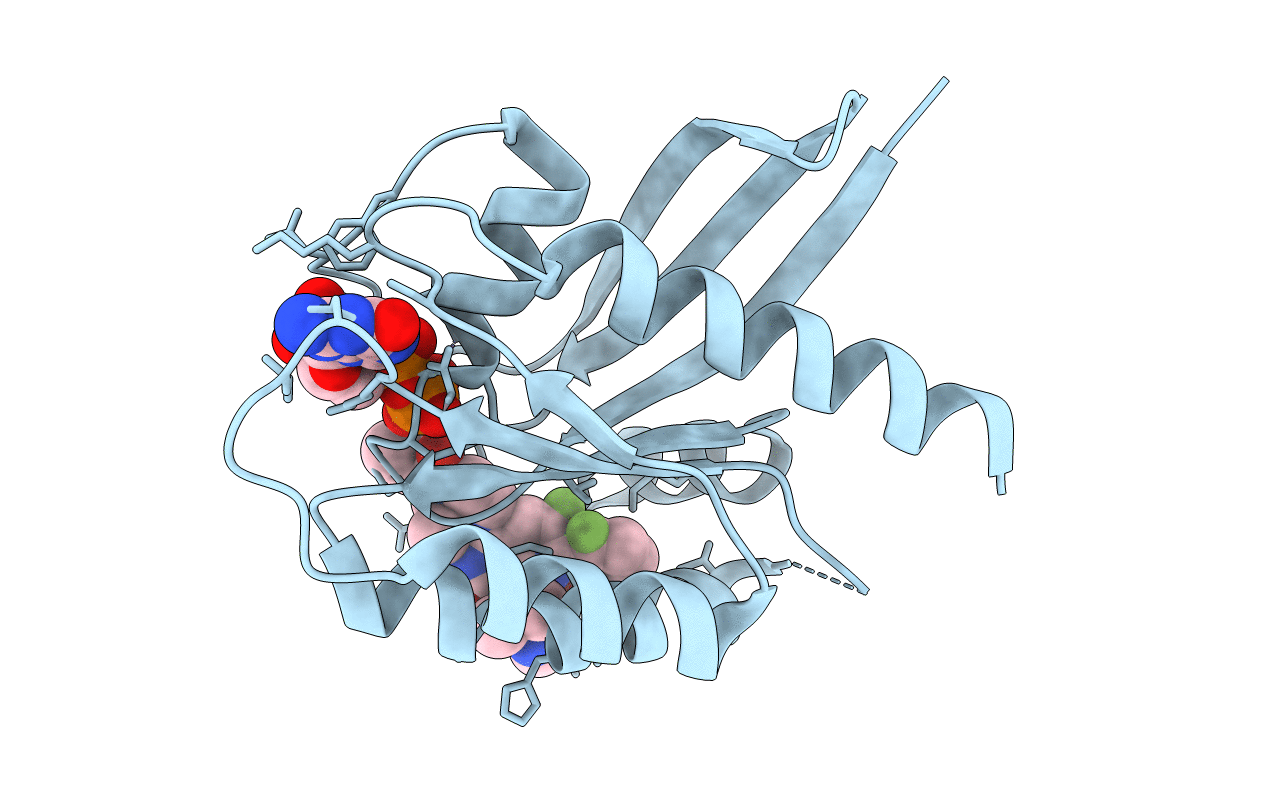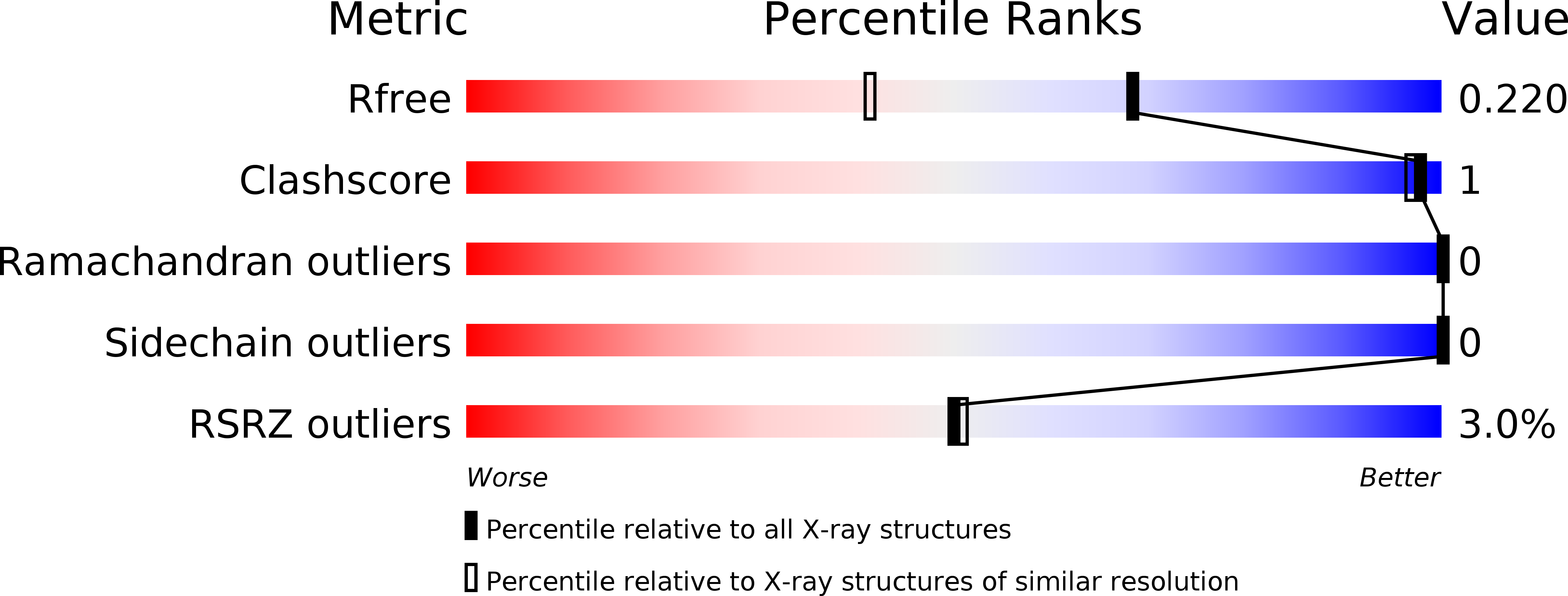
Deposition Date
2019-04-09
Release Date
2019-11-06
Last Version Date
2024-11-13
Entry Detail
PDB ID:
6OIM
Keywords:
Title:
Crystal Structure of human KRAS G12C covalently bound to AMG 510
Biological Source:
Source Organism:
Homo sapiens (Taxon ID: 9606)
Host Organism:
Method Details:
Experimental Method:
Resolution:
1.65 Å
R-Value Free:
0.21
R-Value Work:
0.18
R-Value Observed:
0.18
Space Group:
P 21 21 21


